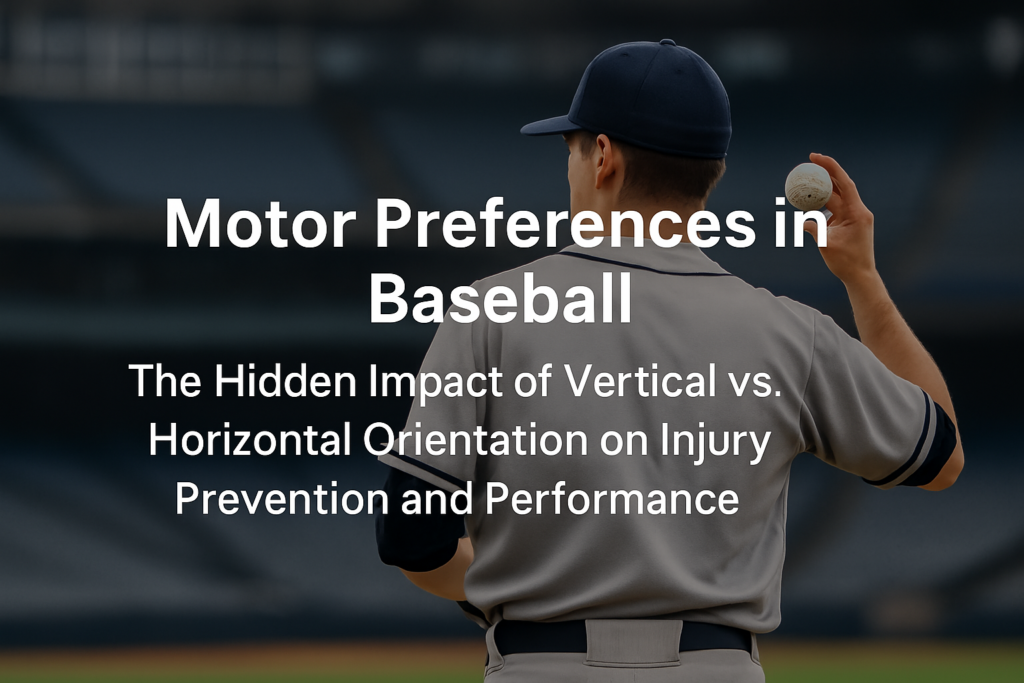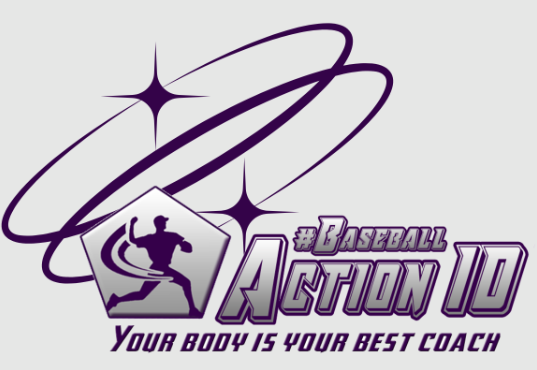Motor Preferences in Baseball: The Hidden Impact of Vertical vs. Horizontal Orientation on Injury Prevention and Performance

What if a misjudgment of someone’s movement orientation leads to injuries, communication issues, and missed performance opportunities within your organization?
In elite baseball organizations, everything revolves around performance maximization: mechanics, biomechanics, strength & conditioning, mental skills, recovery, and scouting. Video footage is analyzed, strength is measured, workloads are recorded, and mental resilience is trained. But beneath all these layers lies a frequently overlooked key that influences everything – from injury susceptibility to learning ability and team dynamics: the natural motor preferences of an individual, such as a player’s innate movement orientation – vertical or horizontal.
Each athlete has a natural preference for how they move, process information, and make decisions. And it’s this preference that determines how they function in training, competition, and their interactions with coaches, teammates, or staff.
If you ignore this orientation, you’re not only risking miscommunication and underperformance but also increasing the chance of injuries and missed developmental opportunities within your organization.
Vertical or Horizontal Preference – What Does It Mean?
- Vertically oriented individuals want to get to action immediately. They seek the shortest, most direct route to their goal. They are solution-oriented and respond to whatever arises along the way.
- Horizontally oriented individuals take the time to establish connection, overview, and context. They build the right conditions before taking action.
Both preferences are equally valid but have completely different biomechanical, cognitive, and emotional implications. And this plays out at all levels – from injury prevention to team communication.
Every player functions within a preferred dynamic. This dynamic dictates how they move, learn, react, and function within a team or during a game situation, but also outside the field in the clubhouse and daily life.
Important: Neither style is better. However, they require different coaching, different approaches, and different expectations.
Why Is This Important?
Earlier, we shared that a player’s natural orientation – vertical or horizontal – is one of the two determining pillars for their natural arm slot, particularly for pitchers.
What happens if this orientation is not respected?
The body has to compensate outside of its natural dynamics. This leads to disruptions in movement patterns, overloading, and ultimately an increased risk of arm injuries.
In practice:
A seemingly correct technical adjustment or cue can backfire disastrously if it goes against the player’s natural orientation.
This applies to all players!
It’s Not Just About Baseball Technique…
Even in collaboration (coach-coach, coach-player, or between teammates), failing to acknowledge each other’s preferences can lead to frustration.
- Vertically oriented people can become impatient with endless analysis.
- Horizontally oriented people get frustrated when “something is started” without a solid foundation.
What Can You Do With This?
- In coaching: Understand why your approach doesn’t always resonate with everyone.
- In team management: Acknowledge and leverage the power of difference.
- In high-performance environments: Reduce friction, increase output.
The Key to Better Performance, Fewer Injuries, and Stronger Collaborations?
Recognizing and respecting someone’s natural orientation.
Do you want to know how these orientations work within your organization or roster?
Get in touch – We would be happy to give you more info.

